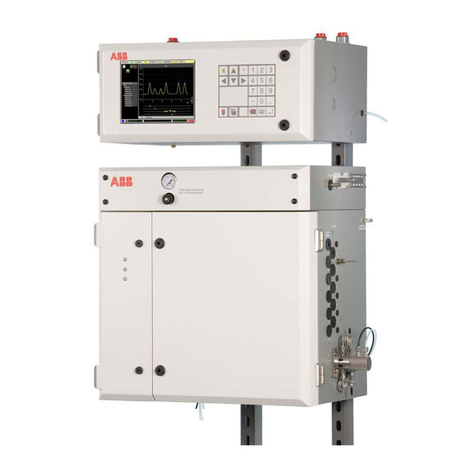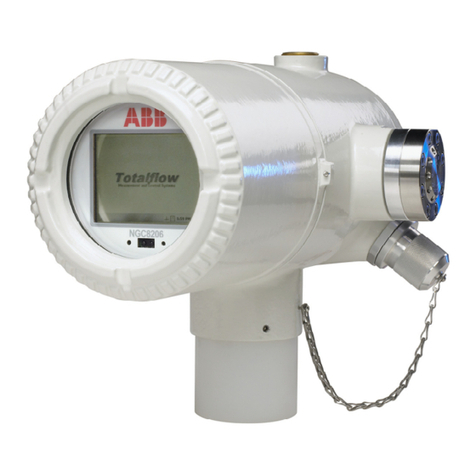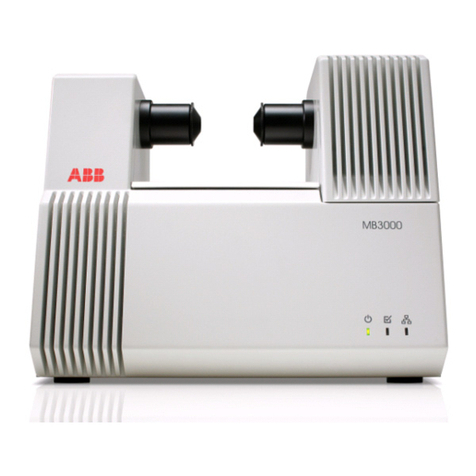
2| DBDID | 892J009MNAE
—
Contents
Contents ...........................................................................................................................2
List of Figures ...................................................................................................................2
Safety ...............................................................................................................................3
Safety symbol conventions ................................................................................................3
Potential safety hazards ....................................................................................................4
1. Introduction .................................................................................................................5
1.1 Usage....................................................................................................................5
1.2 Measurement Principle .............................................................................................5
2Service and maintenance ..............................................................................................5
2.1 Detector removal ....................................................................................................6
2.2 Detector installation.................................................................................................8
2.3 Detector operation...................................................................................................8
2.4 Scheduled maintenance............................................................................................9
2.5 Recommended spare parts........................................................................................9
3Troubleshooting............................................................................................................9
3.1 Symptom – Plasma won’t light................................................................................. 10
3.2 Symptom – No signal............................................................................................. 10
3.3 Symptom – Low signal ........................................................................................... 10
3.4 Symptom – Excessive Noise .................................................................................... 11
3.5 Symptom – Elevated baseline.................................................................................. 11
3.6 Symptom – Baseline drift........................................................................................ 11
3.7 Symptom – Spikes ................................................................................................ 11
4Specifications ............................................................................................................. 12
4.1 Physical ............................................................................................................... 12
4.2 Power.................................................................................................................. 12
4.3 Modes of operation ................................................................................................ 12
4.4 Detector sensitivity................................................................................................ 12
4.5 Gas consumption................................................................................................... 12
5Drawings ....................................................................................................................12
List of Figures
Figure 1-1: Dielectric Barrier Discharge Ionization Detector.........................................................5
Figure 2-1: PGC5000 Electronics compartment open ..................................................................6
Figure 2-2: Disconnect lines...................................................................................................6
Figure 2-3: DBDID amplifier assembly .....................................................................................7
Figure 2-4: DBDID power supply board....................................................................................7
Figure 2-5: Feedthrough tube.................................................................................................8
Figure 2-6: DBDID drawing....................................................................................................9
Figure 5-1: Detector port identification .................................................................................. 13
Figure 5-2: Power supply dip switch settings........................................................................... 13
Figure 5-3: Diagram flow PGC5000 air and carrier ................................................................... 14
Figure 5-4: PGC5000 oven electronics internal connections diagram sheet 1 ................................ 15
Figure 5-5: PGC5000 oven electronics internal connections diagram sheet 2 ................................ 16































